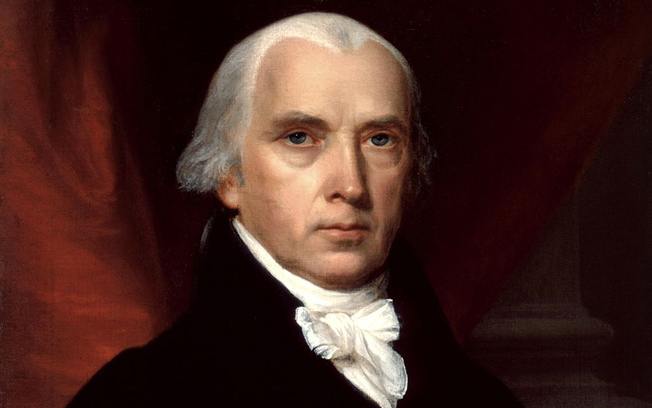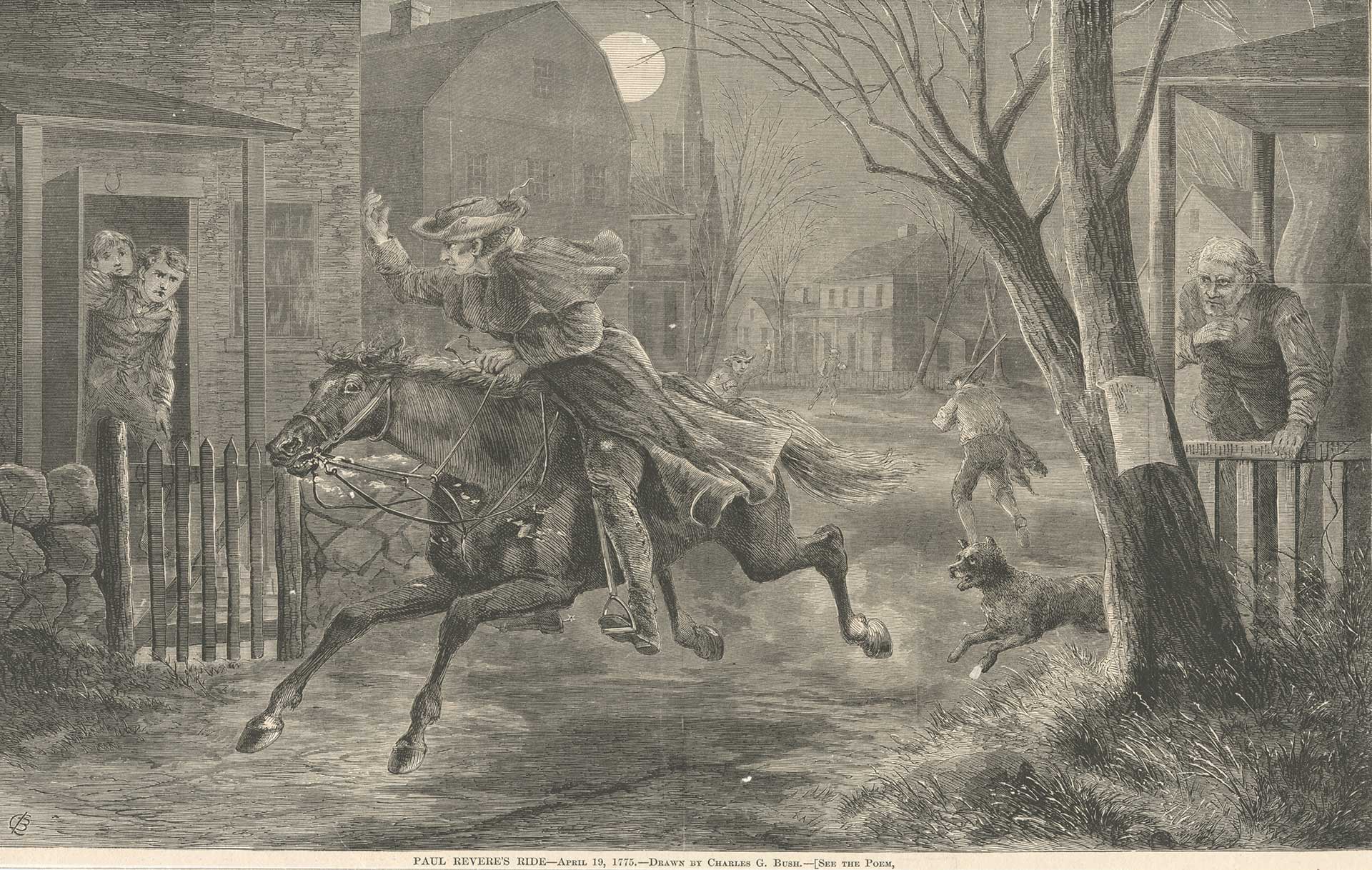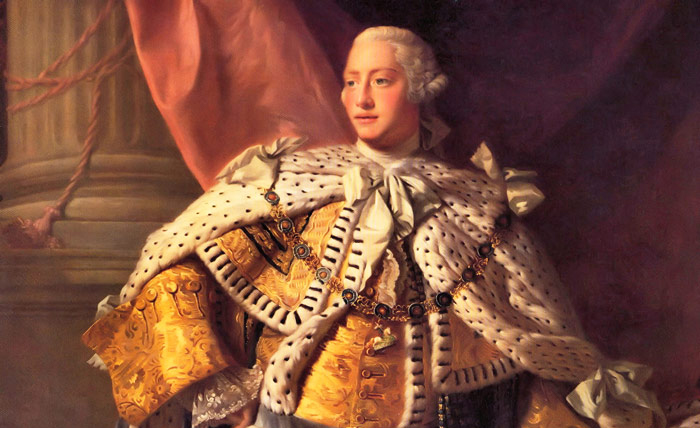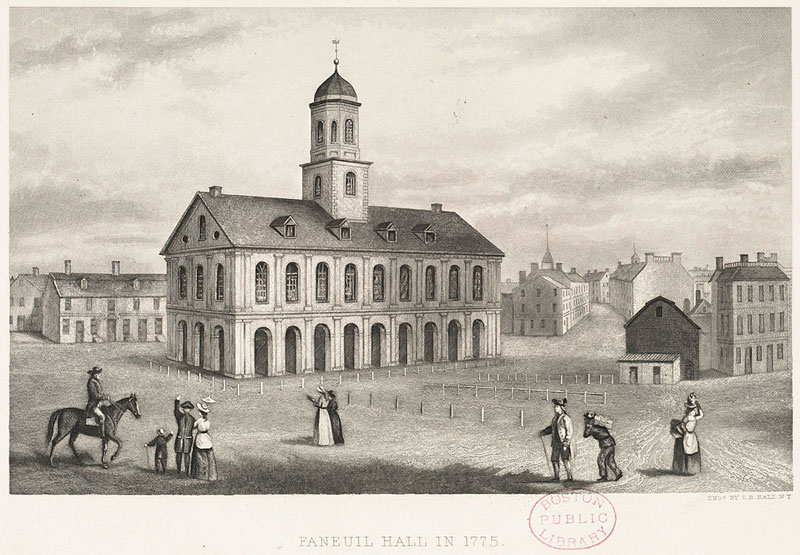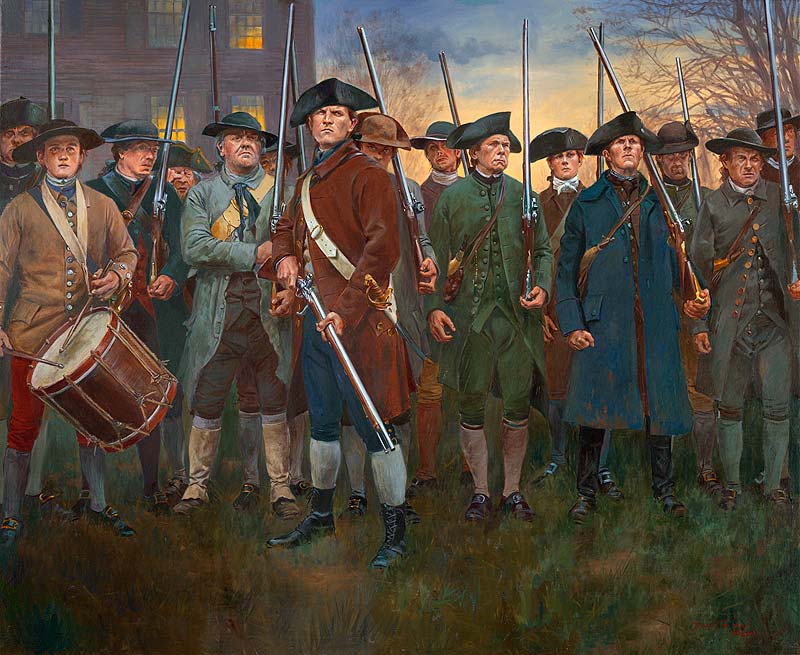Interesting Facts About James Madison
Born March 16, 1751, in Port Conway, Virginia, James Madison was the oldest of 12 children. Nicknamed Jemmy, Madison studied geography, mathematics and several languages when he was a child. He graduated from the College of New Jersey, now known as Princeton, in 1771. Regarded as an astute political leader, he would play a key role in the founding of the nation. Madison would serve as secretary of state during the presidency of his friend Thomas Jefferson whom he would succeed as the fourth president of the United States in 1809 at the age of 57. At 5 feet 4 inches tall and tipping the scales at approximately 100 pounds, the two-term president is the smallest chief executive in U.S. history. Here are 10 additional fun facts related to this important lawmaker and scholar.
- The Boston Tea Party set Madison’s public life in motion. While accompanying his younger brother to Princeton, Madison heard about the British government’s response to the events on that fateful evening. He felt that the closing of Boston Harbor, the suspension of the Colonial assembly and the appointment of a military governor were inappropriate responses. He joined others in publicly denouncing the Intolerable Acts. Madison advocated immediate action and defensive preparations instead of writing petitions to the king. His bold public stance led to Madison being elected to his first public office in 1774.
- Madison became the Father of the U.S. Constitution and the Bill of Rights. Before the Constitutional Convention, he studied various forms of government. While he did not personally write every portion of the document, Madison was instrumental in the discussions and forcefully argued in favor of many of the articles contained within the Constitution. Key points credited to Madison include population-based representation, support for a strong office of the President and the need for checks and balances. Madison initially opposed the idea of a Bill of Rights because he felt that the Constitution was sufficient. After changing his opinion, he helped to author the bill and ensured ratification of the first 10 amendments.
- He was one of the main authors of the Federalist Papers along with John Jay and Alexander Hamilton. The collection of 85 essays was written in support of the Constitution. They were printed in New York newspapers to help sway the state assembly to ratify the founding document. In essay “Number 51,” Madison wrote the famous line “If men were angels, no government would be necessary.”
- Madison beat Patrick Henry in a debate. One of the leading orators of his day, Patrick Henry was able to spur the cause of independence with quotes like “Give me liberty, or give me death.” Henry opposed the new U.S. Constitution. He felt that it would lead to a monarchy. While Henry had a powerful and persuasive speaking voice, Madison’s tone matched his diminutive stature. Despite this supposed disadvantage, Madison’s concise, well-articulated rebuttals to Henry’s argument convinced the Virginia assembly to ratify the Constitution.
- Although he is known as the Father of the Constitution, Madison had no children of his own. He married Dolley Payne Todd, a widow, in 1794. He would adopt and help raise her only surviving son, John. Dolley was expelled from the Society of Friends because she married a non-Quaker. The couple were introduced by mutual acquaintance Aaron Burr who would kill Alexander Hamilton during a duel in 1804.
- Life in the White House included ice cream. Although difficult to make at the time, the Madisons loved the frozen treat and often served many varieties at official functions during their tenure. The first lady’s favorite flavor was oyster.
- He was president during the War of 1812. As British troops approached, Madison and members of his staff armed themselves and rode to join soldiers on the front line. He commanded American forces at the Battle of Bladensburg. He is the only president to command troops in battle against a foreign enemy. After American forces were defeated, the president oversaw the evacuation of Washington, DC. His wife Dolley was instrumental in saving a copy of the Lansdowne portrait of George Washington. Before British troops burned the White House, they ate a dinner that had been prepared for the president. Madison oversaw the initial rebuilding of the nation’s capital after the war. During the attack on Fort McHenry, Francis Scott Key wrote the “Star Spangled Banner.”
- Madison played a major role in the westward expansion of the United States. As Jefferson’s secretary of state, Madison was instrumental in negotiating the Louisiana Purchase from France in 1803. As a young member of the Continental Congress, he persuaded Virginia to give up its claims to land west of the Appalachian Mountains. The claims overlapped those of other states, such as Connecticut, Maryland and Pennsylvania. These states all agreed to cede their claims to the federal government. The land became the Northwest Territories and later the states of Wisconsin, Michigan, Illinois, Indiana and Ohio. Madison, Wisconsin is named in his honor.
- One of the original University of Virginia trustees, Madison played a role in establishing the academic institution. Upon the death of Thomas Jefferson, Madison became the school’s second rector, or chairman. He served in the post from 1826 until 1836. Madison bequeathed a substantial portion of his personal library to the university. The college’s law school is named in his honor.
- Several counties, buildings and institutions are named after Madison, including James Madison University. His official memorial in Washington, DC is the James Madison Memorial Building, which is part of the U.S. Library of Congress. His portrait adorned the $5,000 bill that was in circulation until 1946. Madison Square Garden is indirectly named in his honor. An early 19th-century roadhouse at the intersection of Fifth Avenue and 23rd Street was renamed Madison Cottage after the death of the president. Although the way station was later demolished to make room for the Hippodrome, the building inspired the name of the adjacent Madison Avenue and nearby Madison Square Park. The brownstone row houses and mansions of the once affluent area were home to elites such as Edith Wharton, Theodore Roosevelt and Jennie Jerome, mother of Winston Churchill. The park lends its name to the famous indoor arena.
Madison died of natural causes in Montpelier, Virginia on June 28, 1836. He was the last surviving signer of the Constitution. Legend holds that his last words spoken while on his bed were “I always talk better lying down.” His remains are interred in the family plot in Montpelier. A marble obelisk marks his gravesite.
